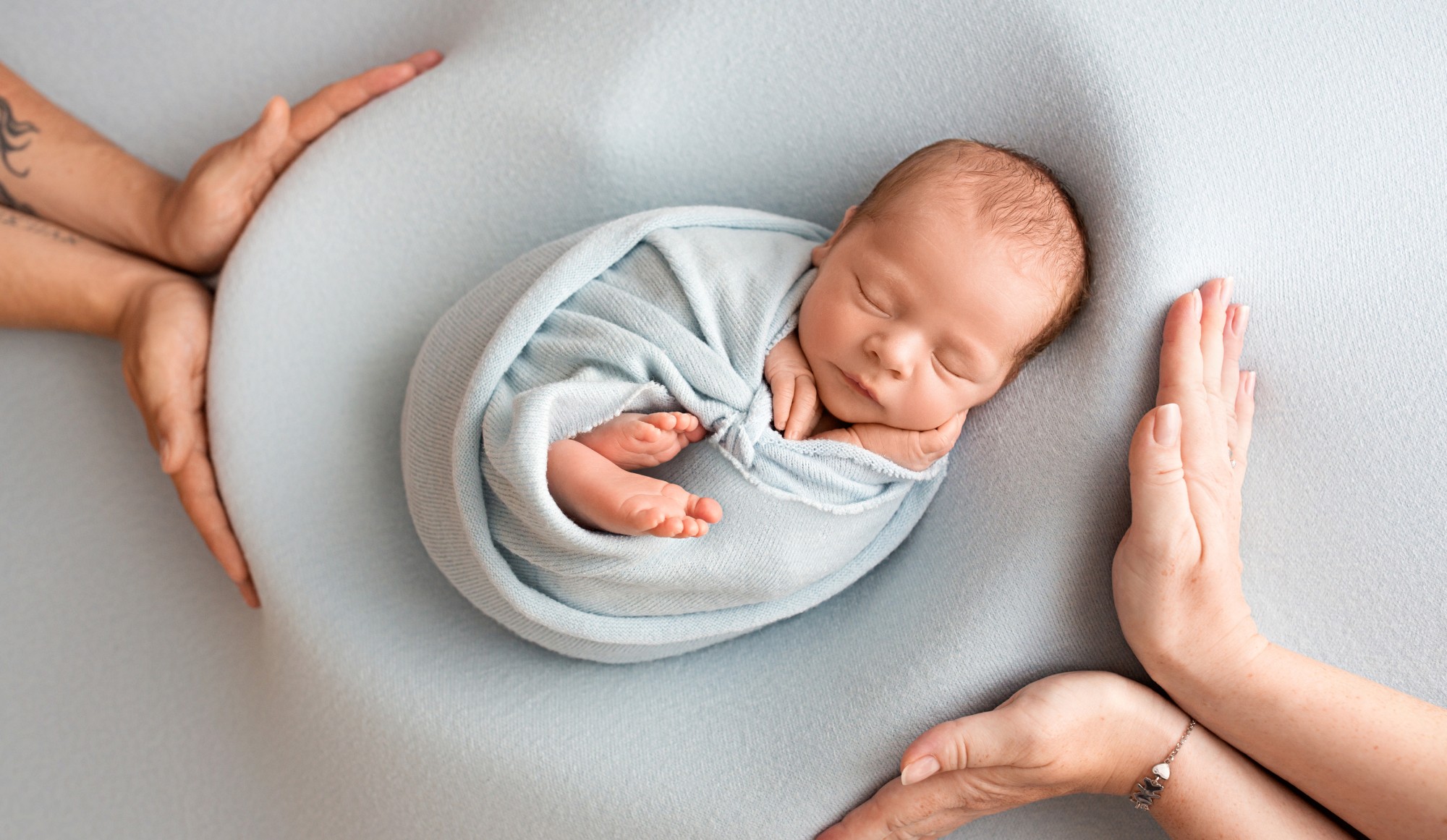Introduction to Erythema Toxicum Neonatorum (ETN)
Erythema Toxicum Neonatorum (ETN) is a common skin condition observed in newborns. Although often a source of concern for new parents, ETN is a non-threatening condition and does not cause discomfort to the infant.
Symptoms of ETN
ETN manifests as a distinctive rash that typically consists of small, red patches on the skin, often with a tiny white or yellowish centre that may look like a pustule. These blotches can vary in size and are commonly distributed over the face, trunk, and limbs.
The rash is typically transient, emerging within the first few days after birth and resolving spontaneously within a week or so.
Risk Factors of ETN
A newborn’s likelihood of developing ETN seems to increase with certain factors such as:
- Full-Term and Heavier Babies: ETN is more likely in full-term babies and those with a higher birth weight. Full-term and heavier babies might have more mature skin and pilosebaceous units, making them more prone to ETN.
- Vaginal Births: Babies born via vaginal births have a higher risk of developing ETN, especially those of longer duration.
- Environmental Factors: A wet, hot climate can increase the risk of ETN, possibly due to its effect on the immaturity of skin structures involved in ETN.
- Dietary Influences: The use of powdered milk substitutes may be linked to a higher incidence of ETN, due to its impact on skin flora or immune responses, although the exact mechanism is unclear.
- Gender and Birth Order: ETN is more common in babies assigned male at birth (AMAB) and in first pregnancies.
- Bottle-Fed Babies: There may be a higher likelihood of ETN in babies who are bottle-fed.
Diagnosis of ETN
Diagnosing ETN is typically based on its distinct clinical features, which are readily identifiable by dermatologists. Key diagnostic aspects include:
- Clinical Observation: The diagnosis is primarily made by observing the characteristic rash, which appears as erythematous macules, papules, or pustules on erythematous skin.
- Timing and Distribution: The rash typically appears within the first few days post-birth, predominantly on the trunk but can also be seen on the limbs and face.
- Observation of Progression: The natural progression of ETN, where the rash resolves spontaneously within a few days to a week, supports the diagnosis of ETN.
- Microscopic Examination: A microscopic examination of the pustular content may be performed, where the presence of numerous eosinophils allows dermatologists to diagnose ETN.
Management Of ETN At Home
Parents and caregivers can take the following measures to manage the symptoms of ETN and ensure the baby’s comfort:
- Gentle Skincare: Use mild, baby-friendly skin products. Avoid bathing the baby too frequently and be gentle to avoid irritating the rash.
- Avoid Aggravating the Rash: Do not squeeze or scratch the rash as newborns’ skin is very sensitive and this can lead to infection.
- Caution with Topical Medications: Avoid over-the-counter topical drugs or antibiotics without consulting a qualified dermatologist, as these might exacerbate the condition.
- Comfort Measures: Applying a cool, damp cloth can provide comfort if the baby appears distressed by the rash. Dress the baby in soft, comfortable and breathable fabrics to prevent irritation.
- Room Temperature: Maintain a comfortable room temperature to avoid excessive sweating, which might irritate the rash.
- Monitoring: Keep an eye on the rash’s progression and look out for signs of infection or other changes.
When to Seek Medical Advice
While ETN is usually a benign condition, seek medical advice from a dermatologist if the following persist:
- Persistence of Rash: If the rash persists beyond the typical time frame of a few days to a week, a dermatologist’s evaluation is recommended.
- Atypical Symptoms: Additional symptoms like fever, lethargy, or poor feeding may indicate another condition.
- Signs of Infection: In the case that the rash appears infected, such as increased redness, swelling, or discharge, consult a dermatologist.
- Worsening Condition: Any worsening of the rash or the overall health of the infant warrants a medical evaluation.

